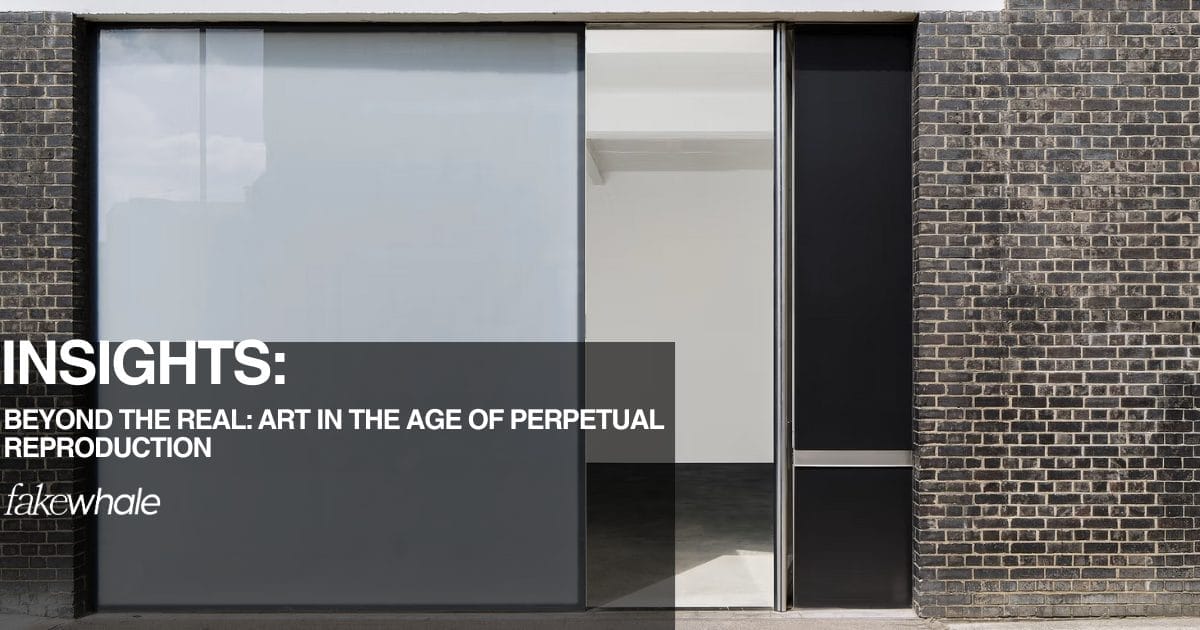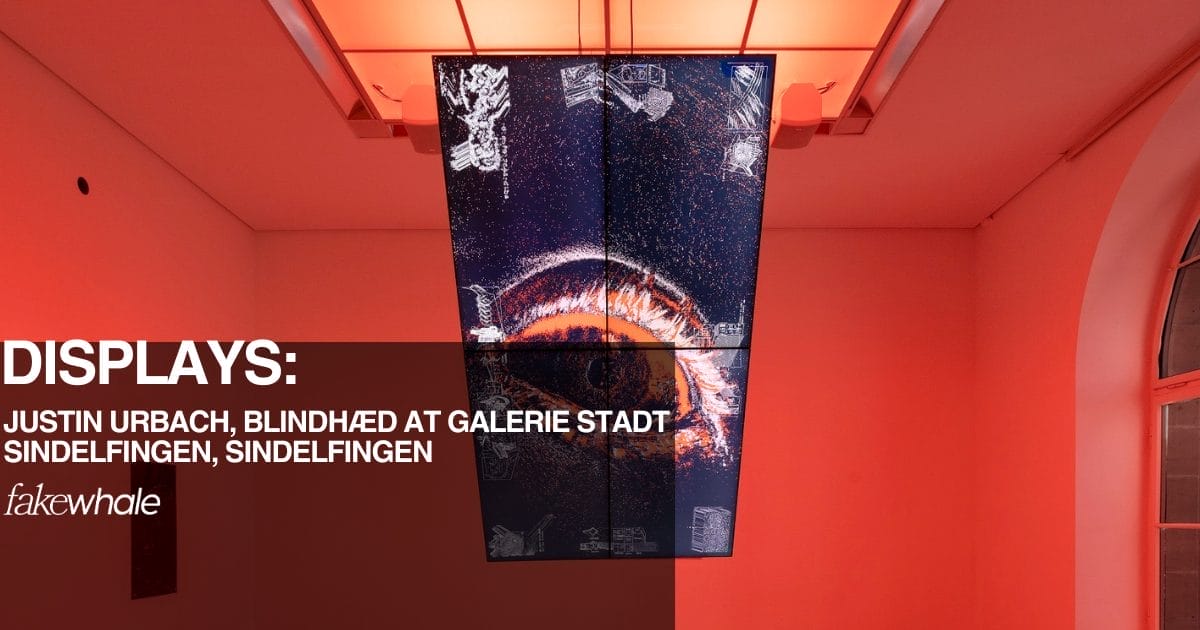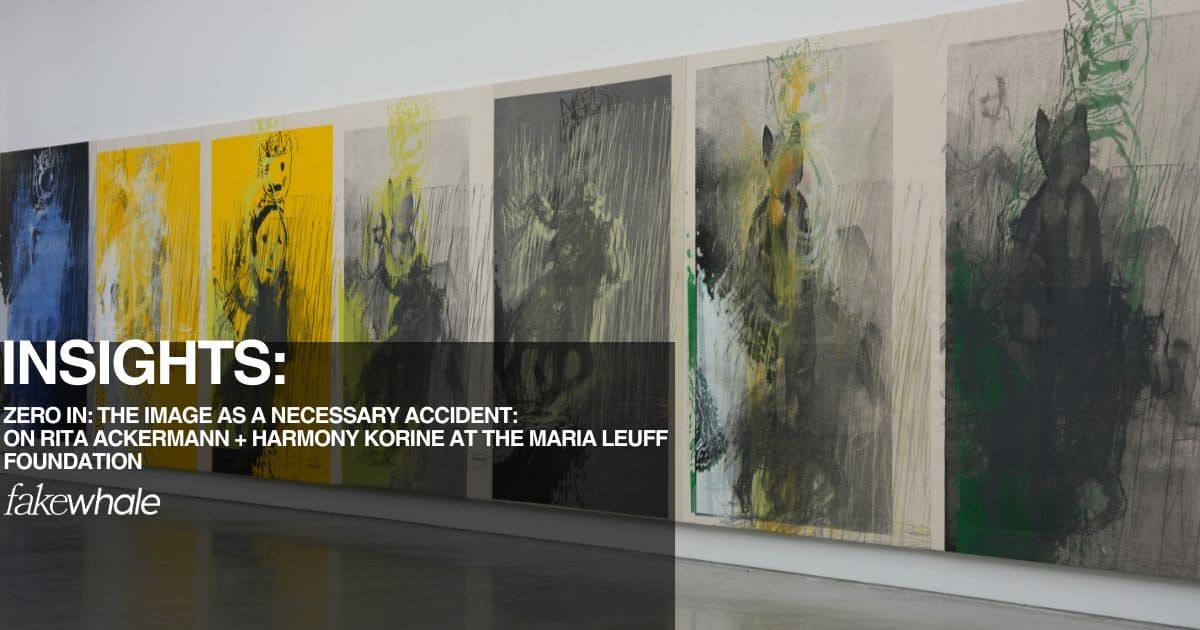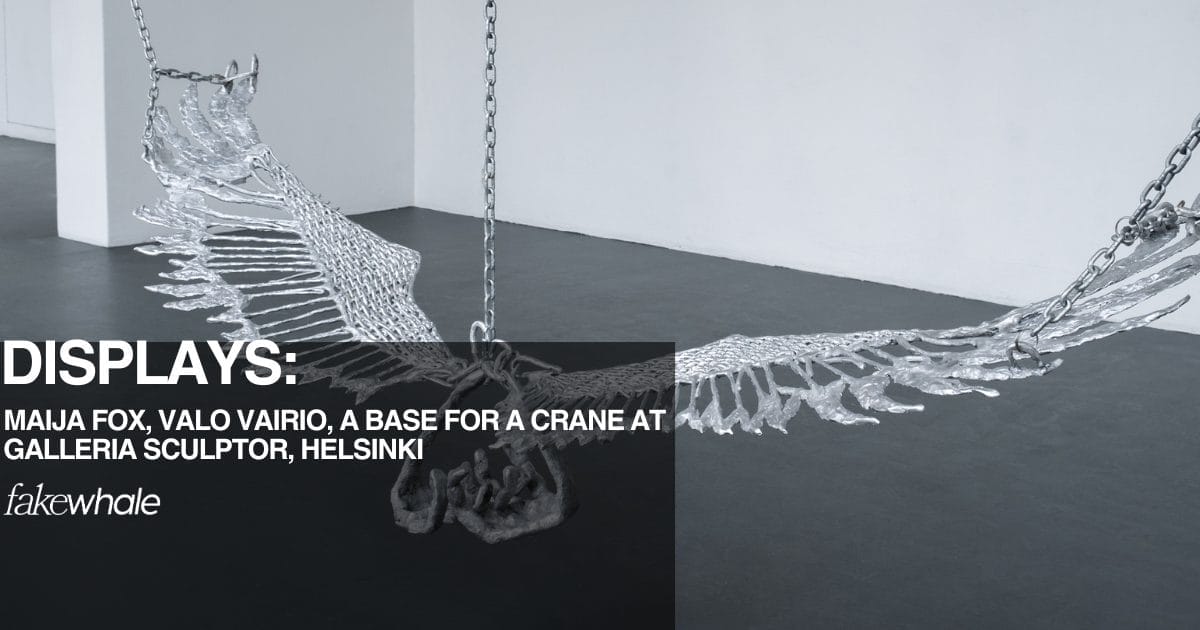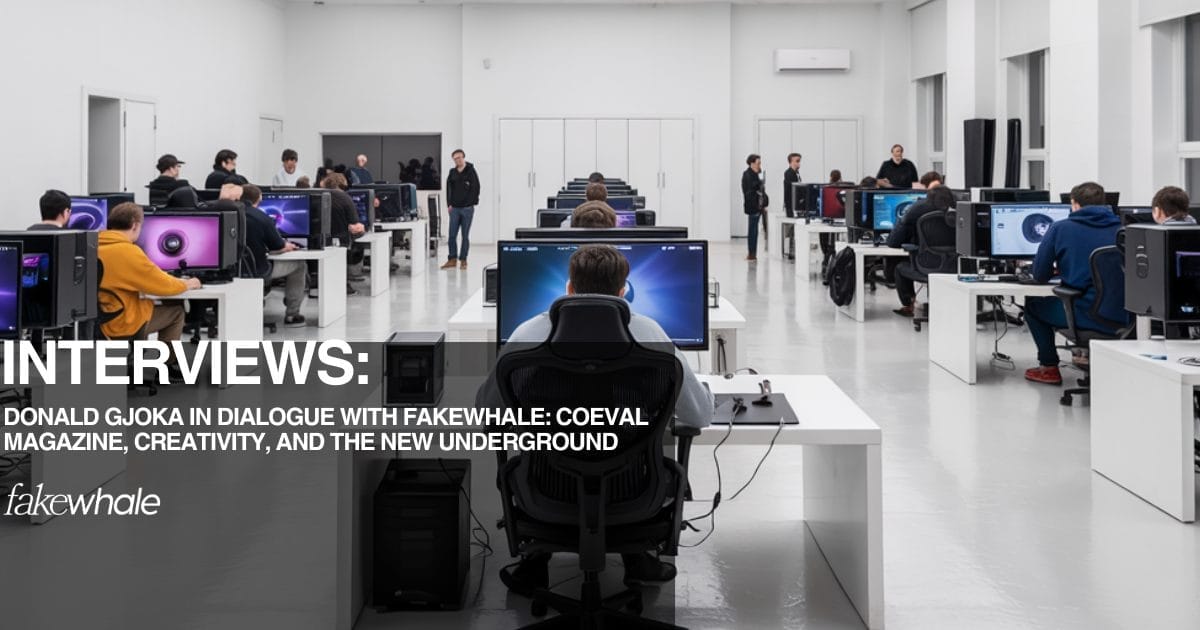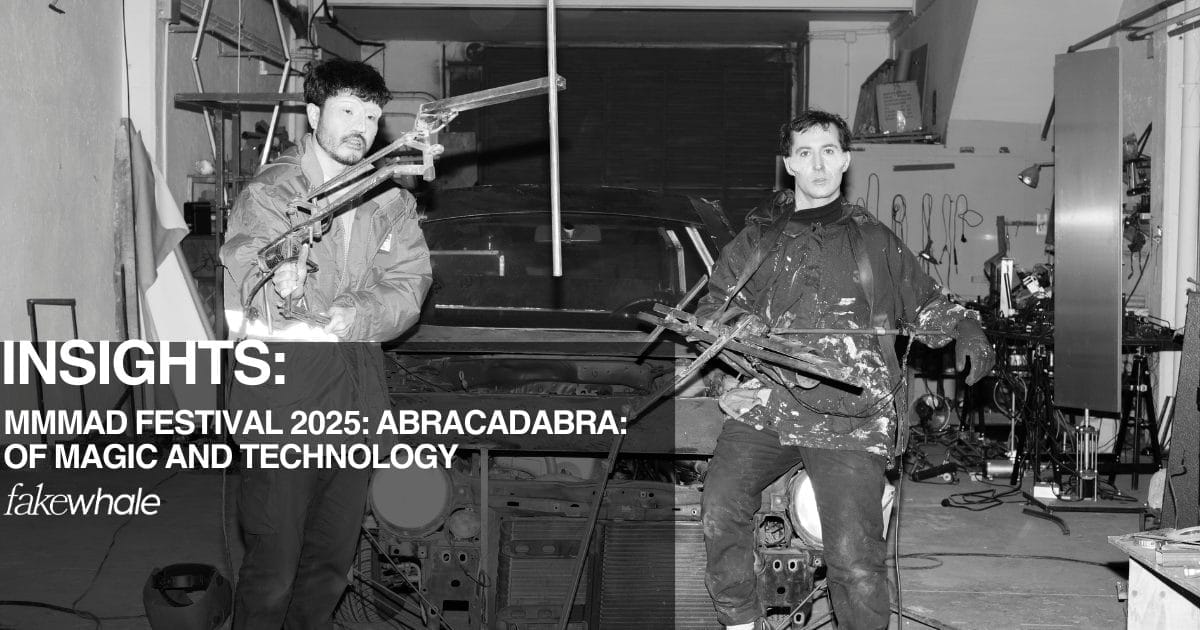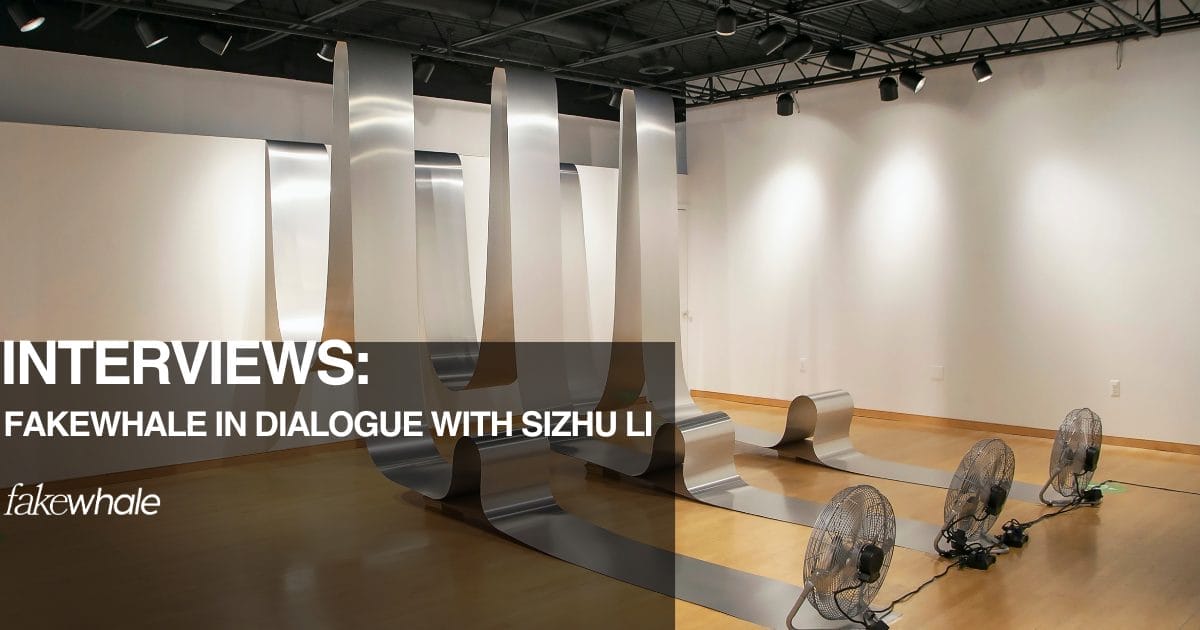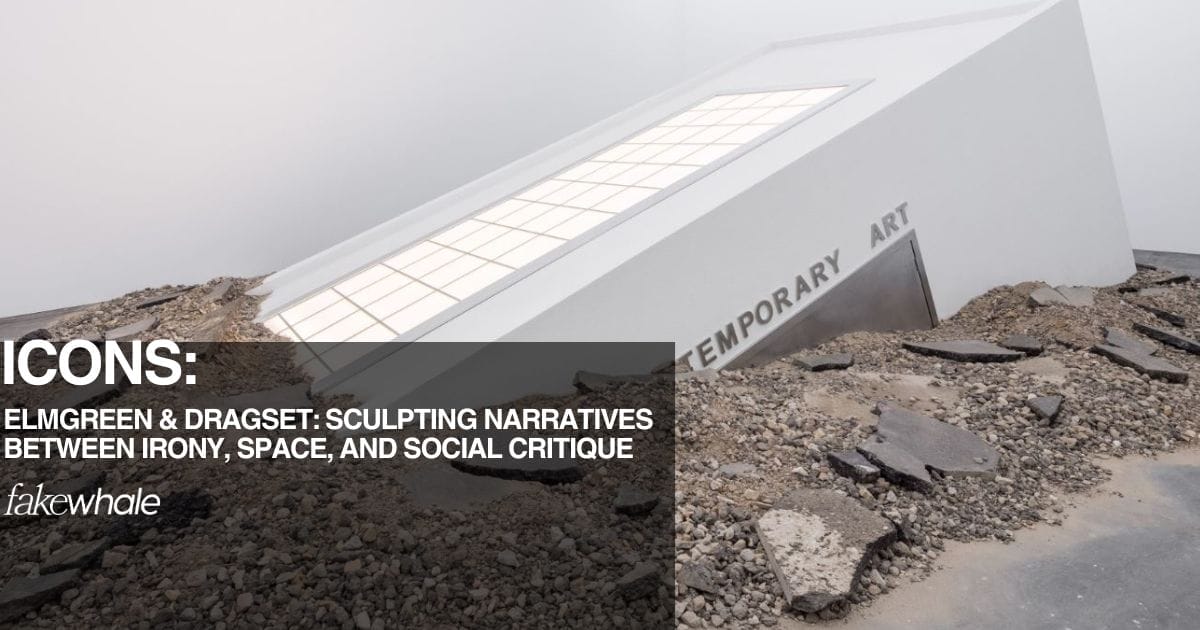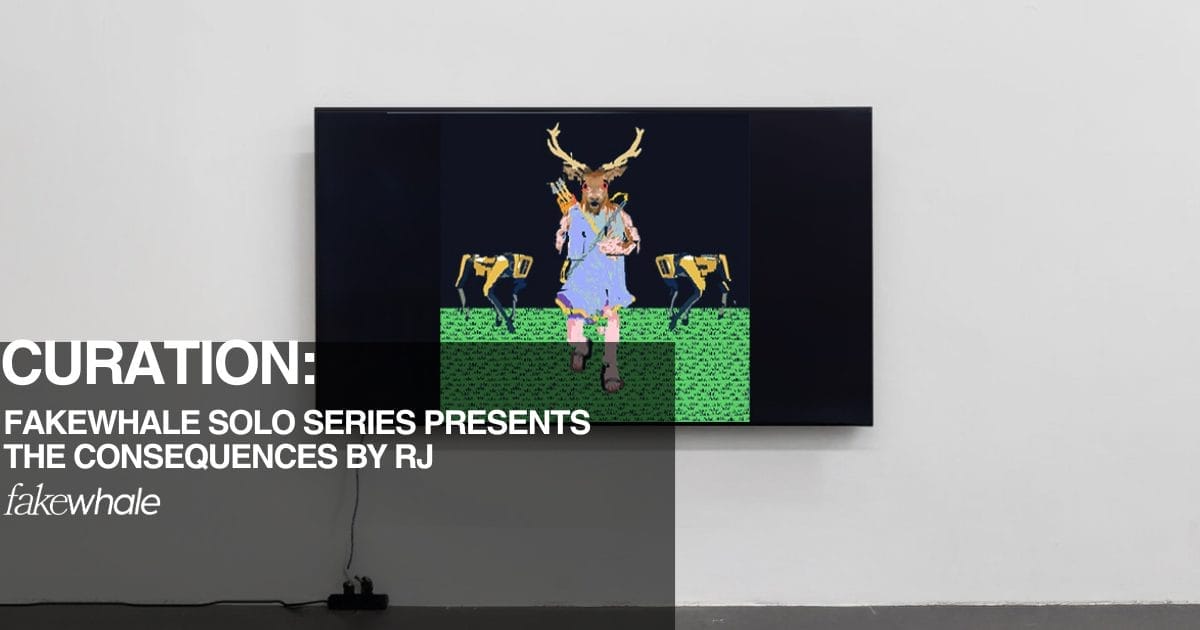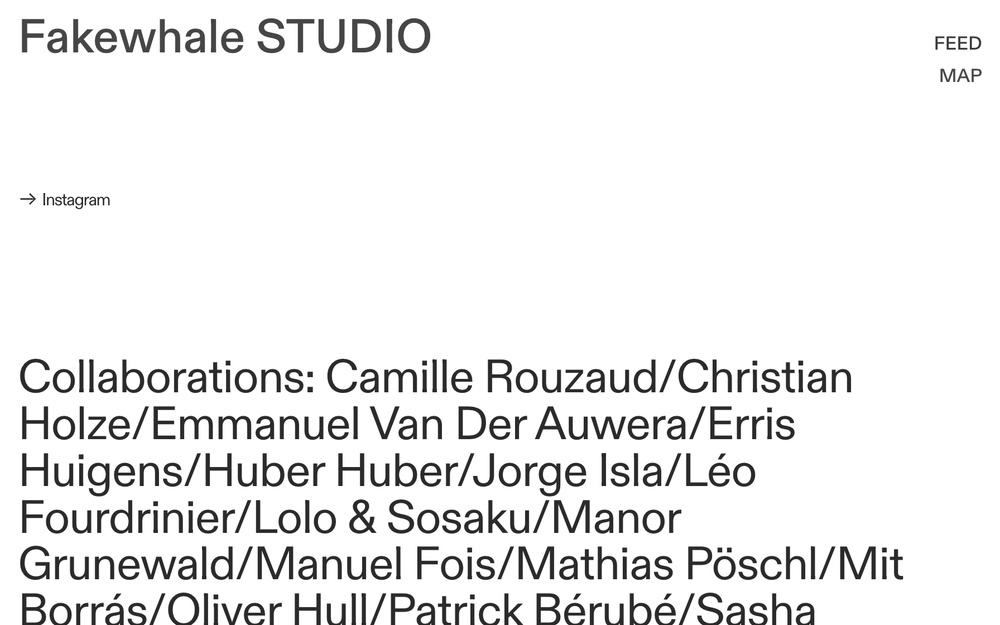
Elmgreen & Dragset, Statue of Liberty, 2018, functioning ATM installed in a concrete block, © Staatliche Museen zu Berlin, Nationalgalerie / Mathias Völzke, © Elmgreen & Dragset unless stated otherwise.
Art can no longer escape the logic of sharing. Images now determine the success of an event, shape its reach, and define how it is remembered. But what happens when documentation becomes more important than the experience itself? If an exhibition only exists to the extent that it is disseminated, if reality becomes just a pretext for its digital version, then the very notion of presence begins to dissolve. It is no longer about experiencing art, but about watching it turn into an image.
The very act of choosing which images to share, which angles to favor, which details to isolate, is already a form of editing. It’s not just photo-editing software or artificial intelligence that alters perception, it is the moment of selecting one frame among many, of excluding part of reality to make the work more effective in a digital context. Every exhibition is reduced to a set of screen-optimized images, where color, light, and composition are adjusted to suit the logic of algorithmic visibility. Art, then, is not merely documented. It is continuously rewritten, refined, and reimagined at the very moment it is shared. (…)
For quite some time now, exhibitions have stopped following only the rhythms of the art world. Instead, they move to the pace of digital visibility. The opening is no longer the peak moment, but merely the starting point of a broader diffusion strategy that unfolds in waves, previews, exclusive content, reposts, and re-shares. Attention is fragmented, managed carefully to keep interest alive, spread across polished posts and fleeting stories. The audience is no longer just a spectator but an amplifier, called upon to participate in building the visual narrative of the event. But who really controls that narrative? The institution? The artist? Or the algorithm?
And what does this shift imply? Can we say that the lifespan of an exhibition is no longer defined by its actual time on display, but by its circulation online?
CONTINUE READING ↓
EXPLORE THE LATESTS ARTICLES↓
INSIGHTS/ When Sound Meets Chaos: Inside the World of Proximity Music
As the event “Proximity Music: Echoes of Entropy” prepares to open its doors in The Hague, it invites audiences into a world where sound, movement, and technology collide in unexpected ways. This unique exhibition (organised by iii in collaboration with Rewire) blurs the boundaries between music, architecture, and sensory experimentation, challenging our perception of chaos and control.
Before its inauguration, we spoke with one of the curators to explore the intellectual foundations behind Proximity Music, the artistic vision driving this year’s theme, and how the format itself may evolve in the future. How does entropy become an artistic language? What does it reveal about our relationship with technology and the unpredictable nature of our time? Through this conversation, we uncover the deeper layers of a project that redefines how we experience art, space, and sound.
CONTINUE READING ↓
EXPLORE THE LATESTS ARTICLES↓
If you want to submit the full documentation for an exhibition or event, use the dedicated form HERE. Every week, our editorial team reviews and selects the best applications.
INTERVIEWS/ Donald Gjoka in Dialogue with Fakewhale: COEVAL Magazine, Creativity, and the New Underground
Over the past decade, COEVAL Magazine has established itself as a key voice in contemporary visual culture, seamlessly blending diverse creative languages, from the underground currents of fashion to the realm of digital art, while maintaining an independent and distinctive identity. At Fakewhale, we had the pleasure of speaking with its founder, Donald Gjoka, diving deep into the evolution of the editorial project, as well as his thoughts on AI, underground culture, and the intersection of art and fashion.
CONTINUE READING ↓
EXPLORE THE LATESTS ARTICLES↓
ICONS/ Elmgreen & Dragset: Sculpting Narratives Between Irony, Space, and Social Critique

©Elmgreen & Dragset - Death of a Collector, 2009. Pictured at the 53rd Venice Biennale
From the outset, Elmgreen & Dragset’s works have played with perceptions, expectations, and conventions. Early installations often transformed galleries into domestic spaces or disrupted urban environments with startling insertions—such as their iconic work, Prada Marfa (2005), a replica of a luxury boutique placed absurdly in the remote Texas desert. Their ability to subtly challenge social norms and architectural spaces has defined their practice, making each installation both visually captivating and conceptually provocative.

Elmgreen & Dragset, Short Cut, 2003, mixed media installation (250 × 850 × 300 cm), commissioned by Fondazione Nicola Trussardi, © Jens Ziehe, © Courtesy Galleria Massimo De Carlo; Museum of Contemporary Art Chicago Collection.
At its core, their work insists that art cannot be separated from lived experience. They expose how constructed environments influence social behaviors, relationships, and individual identities, inviting audiences to reconsider the artificial boundaries we create between public and private life, art, and everyday reality.
In the following chapters, we will explore specific ways Elmgreen & Dragset question, disrupt, and reinvent the traditional frameworks of art and society, beginning with their transformative interventions in gallery spaces and beyond. […]
CONTINUE READING ↓
FAKEWHALE GALLERY
Fakewhales presented The Consequences by RJ on Objkt
Drawing from Greek mythology, RJ constructs a series of pixel-based animation GIFs that examine punishment as a system of repetition. Rendered in a visual language shaped by digital habits, each work compresses mythic violence into an endless loop, asking what these ancient patterns might reveal about the structures we move through today.

The Consequences by RJ, Fakewhale Solo Series, Installation View, March 2025
That wraps this week’s issue of the Fakewhale Newsletter, be sure to check in for the next one for more insights into the Fakewhale ecosystem!

